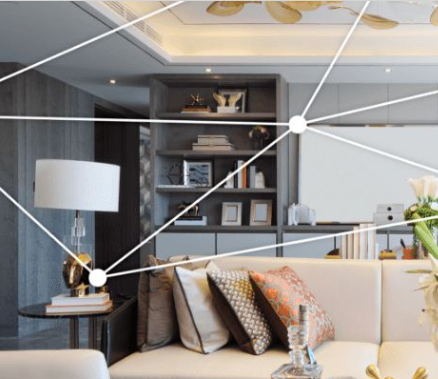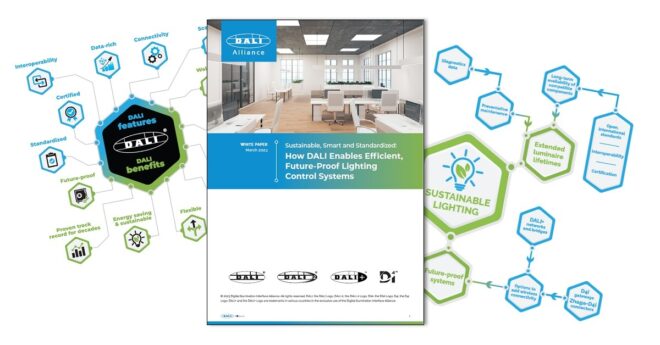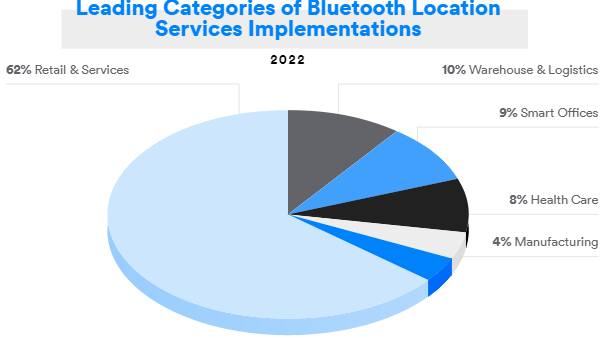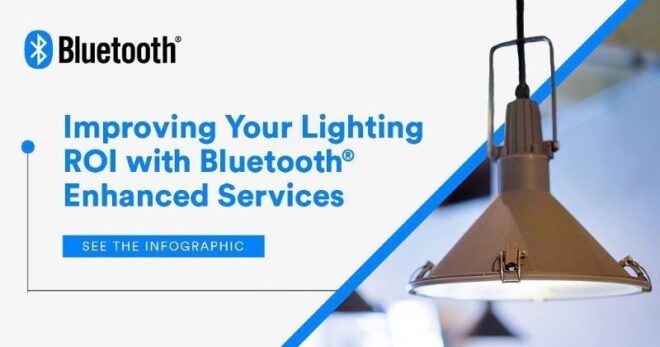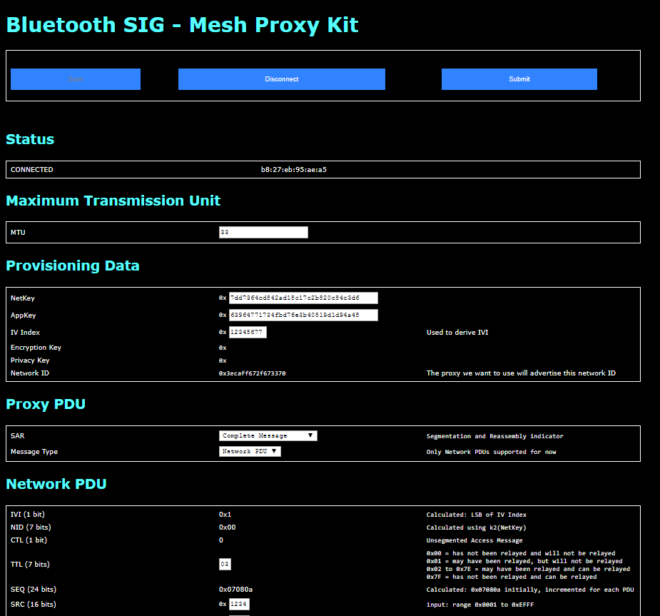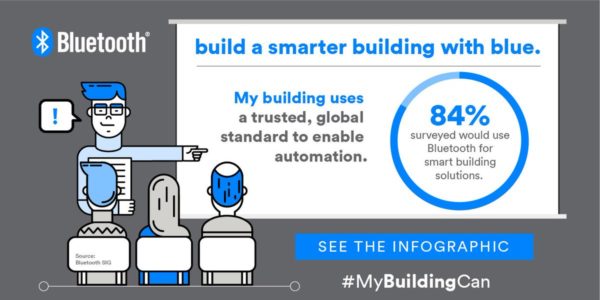![]()
Since the release of the latest version of the Bluetooth Core Specification, the potential for enhanced location services has opened new possibilities for Bluetooth® technology in precise positioning and proximity solutions. These new Bluetooth capabilities support two methods for determining the direction of a Bluetooth signal: angle of arrival (AoA) and angle of departure (AoD). Some innovators are already leveraging the new Bluetooth direction finding features in their location services solutions.
Last month, I had an opportunity to speak with Ealwan Lee, a director in charge of wireless connectivity solution for GCT Semiconductor and also the consultant for the TTA DF-IOP task force. Experts in the task force are taking advantage of the innate interoperability of Bluetooth, working together to develop cost-effective solutions for achieving AoA on top of their existing Bluetooth system on a chip (SoC) solutions.
Q&A with Ealwan Lee
What markets does each company in the task force support, and what are the solution areas you provide?
GCT Semiconductor focuses on a cost-effective locator solution for the asset tracking profile with their multi-path radio frequency integrated circuits (RFIC). Celfras Semiconductor provides a low-power Bluetooth ready tag solution that supports AoA direction finding features in the latest version of the Bluetooth® Core Specification.
Can you share more about why you decided to get involved in the Direction Finding Working Group (and other groups), and how GCT has been involved?
GCT Semiconductor has been a Bluetooth® solution provider since the early development stage and is constantly exploring the use of wireless radio technology in indoor positioning and navigation. With the introduction of Bluetooth Low Energy, we concluded that location-based services would become available to Bluetooth, providing a significant reduction of the scanning and connection time, comparable to that of Wi-Fi, and a greater reduction in power consumption, compared with Wi-Fi, mainly focusing on the high throughput at that time. Participation in the formal IOP (interoperability prototyping) test activity of Direction Finding Working Group was inevitable.
![]()
FEATURED DOWNLOAD
Enhancing Bluetooth Location Services with Direction Finding
A new Bluetooth direction finding feature allows devices to determine the direction of a Bluetooth signal, thereby enabling the development of Bluetooth proximity solutions that can understand device direction as well as Bluetooth positioning systems that can achieve down to centimeter-level location accuracy.
What projects are you currently working on?
Since 2018, we’ve joined the formal IOP (Interoperable Prototype Test) co-hosted with UPF60 and contributed the test result to expedite the official adoption of the CTES service and asset tracking profile as early as possible.
Why has GCT decided to be so involved with the testing process, including being the local host for the upcoming UPF? How has the testing benefited GCT Semiconductor?
GCT Semiconductor has chosen to exploit this chance for advancing the standardization process. After participating at UPF60, GCT has been asked to serve as the local host of UPF63, and we willingly volunteered to help more companies building with Bluetooth in Korea to join the second and last event in Seoul.
![]()
Why is interoperability so critical for this project?
Although a new version of the Bluetooth® Core Specification that supports direction finding was released, it is not the end of the overall project. It is just a beginning. Many services and profiles must be refined through interoperability testing between vendors. That is why TTA, one of the early associate members of Bluetooth SIG and a Bluetooth Qualified Testing Facility (BQTF) in Korea, has teamed up a special DF-IOP task force in preparation of the two-year-long test event in Seoul, and GCT accepted the request to join the task force without any hesitation. We’d like to encourage more members to gather for interoperability testing.
What is the significance of the testing program from your perspective?
In the Bluetooth standardization process, voting cannot be held without undergoing the IOP, which means that tentative unanimous agreement on the written specification cannot guarantee the final adoption of a new technology. This process shapes the idea, making it more concrete and practical. All participants must keep in mind the implementation hurdle, competing with but also helping other members. The IOP serves as a concentric force to various Bluetooth device vendors, assembling them to gather against other competing standards launched on the 2.4GHz ISM band.
Can you talk more about the need for people to get involved with the specification development and testing process?
Bluetooth® is one of the most successful wireless technology standards. Getting involved in the specification and testing process before the announcement of the standard will make participants more agile to the trends of the market needs and new technology.


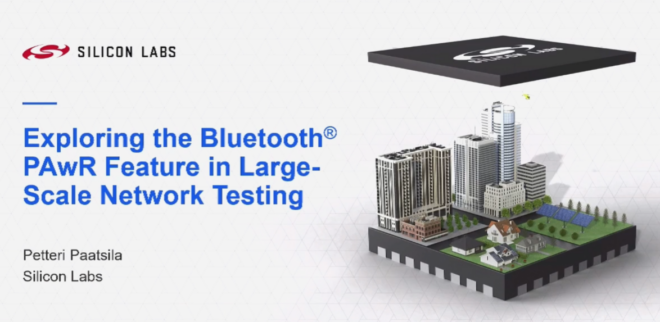


![ABI Growth Chart.png 815076338[1]](https://www.bluetooth.com/wp-content/uploads/2024/03/ABI_Growth_Chart.png_8150763381-660x384.png)
![shutterstock 1653733096[1]](https://www.bluetooth.com/wp-content/uploads/2024/03/shutterstock_16537330961-660x372.jpg)





